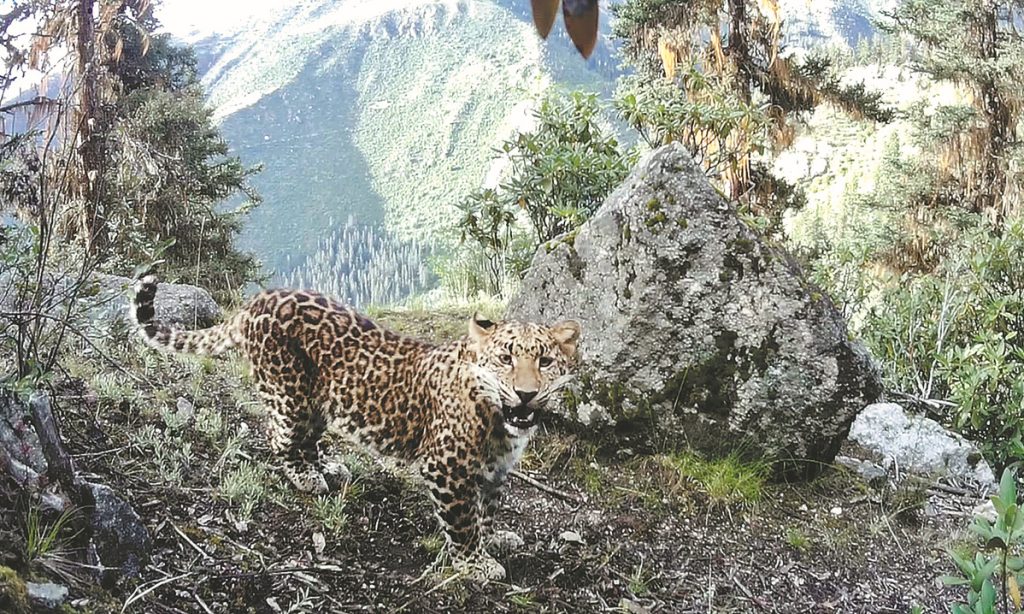
The Chinese government has introduced a carbon neutral policy, in an attempt to mitigate and reduce the impact of climate change. Under the expected model for what is going to happen to the climate (at the current time) the North China leopard will gain in range, However, with the increase in carbon emissions, this territory is also expected to the reduction, migration, and fragmentation of the suitable habitat distribution of the North China leopard. It should be noted, that under genetic analysis, some authorities merged the north China leopard with the Amur leopard. Many disagree with this.
Havin said this, carbon neutrality policies can protect suitable wild habitats when carefully planned. In the future, the impact of carbon neutrality policies on future wildlife habitat protection should be carried out in depth to effectively promote the construction of wildlife protection projects – for instance, by making sure that planted woodland matches native woodland, and therefore adds to existing ecosystems. In many parts of the world, trees planted for carbon sequestration are often picked for how fast they grow – and thus eucalyptus trees have often been used. The problem with this, is that they are often impossible of supporting local wildlife, from insects to birds and even mammals. This was seen clearly in the UK, where a pine plantation replaced an oak woodland, the number of species supported, dropped from 200 to just 4.
The North China leopard is considered critically endangered, with the population definitely under 400 (given its remote habitat, a clear count is hard to get. It is undeniable that the North China Leopard and the Amur Leopard are genetically close, and quite conceivably closer than they should be for 2 subspecies. Should these 2 subspecies be recognized as one, it would allow us to greatly expand the genetic makeup of both populations. This would likely have a huge impact on both areas, and allow each population to expand rapidly.
It is essential, that as we grow huge areas of forest, to soak up as much of our carbon emissions as possible, that these fit into their ecosystems and are a positive addition. Apart from this appearing to be common sense (why would you not boost endangered species around the world, if we have to plant these forests anyway) but also, should you plant fast growing trees from elsewhere, very often they die, or cause serious issues elsewhere.
The right climate mitigation will have a bigger and longer term impact, something that is essential.











